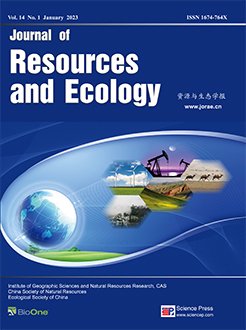There has been an obvious diurnal asymmetrical warming effect as a result of the overall climate warming in the Tibetan Plateau. To reduce the uncertainty caused by the diurnal asymmetrical warming effect on future food security predictions in the Tibetan Plateau, this study used winter highland barley (var. Dongqing No. 1) for the experimental materials, and the FATI (Free Air Temperature Increase) field open heating system to carry out a simulated diurnal asymmetrical warming experiment (AW: All-day warming, DW: Daytime warming, NW: Nighttime warming, CK: Control) for two growing seasons (2018–2019 and 2019–2020) at the Lhasa Agroecosystem Research Station. The growth characteristics and yield of Tibetan winter highland barley were investigated in this study. Compared to the control, all the AW, DW and NW treatments had significant effects on the phenological period of winter highland barley, with the advancement of the phenological phase and shortening of the whole growth period. The degree of influence was AW>NW>DW, and all the AW, DW and NW treatments shortened the interval from sowing to heading of winter highland barley and increased the interval from heading to maturity. The effect on the phenological phase was the most obvious for AW and reached a statistically significant level (P<0.05). During the generative growth phase, the biomass above-ground and plant height of winter highland barley had an increasing tendency under the different warming conditions. In the late growth period, the biomass above-ground and plant height of the NW treatment were significantly higher than those of the other treatments. In addition, the warming caused a decrease in the dry matter distribution proportions of leaves and stems at the mature stage, and an increase in the distribution ratios of roots and spikes; and the AW, NW and DW treatments increased grain yields by 16.4%, 24.6% and 9.5%, respectively, on average in the two years. The increasing effect on grain yields of the NW treatment reached a significant level compared with the control in 2019–2020 (t=–2.541, P=0.026). In terms of yield composition, the effective spike number and 1000-grain weight tended to increase. The grain number per spike tended to increase, except for the AW treatment, while panicle length and seed setting rate tended to decrease, except for the NW treatment. Therefore, the effects of different simulated diurnal asymmetrical warming treatments on the growth characteristics and yield of winter highland barley were variable in the Tibetan Plateau.
How to translate text using browser tools
12 December 2022
Effects of Simulated Diurnal Asymmetrical Warming on the Growth Characteristics and Grain Yield of Winter Highland Barley in Tibet
Qin Yong,
Fu Gang,
Shen Zhenxi,
Zhong Zhiming
ACCESS THE FULL ARTICLE
grain yield
growth characteristics
simulated diurnal asymmetrical warming
Tibet
winter highland barley






